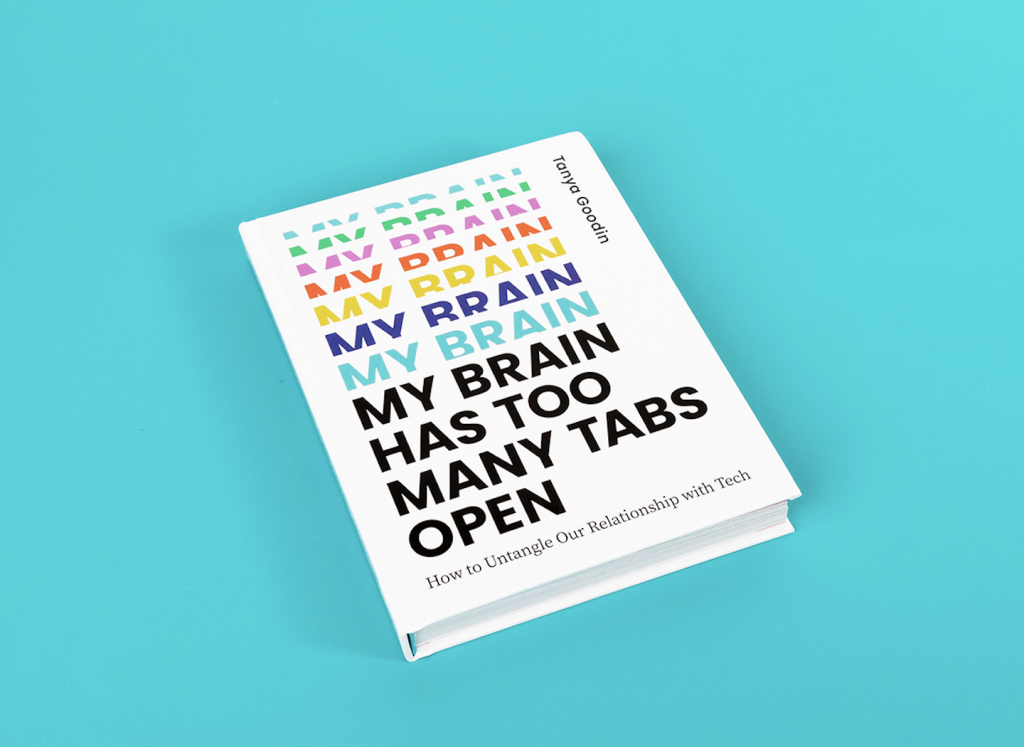Dark patterns are tricks and techniques used in so-called deceptive design where website designers make you do things you didn’t intend to do on their site. This can include; taking out subscriptions, signing up for mailing lists and buying products you didn’t want. All of these tricks work by making it unclear what you’re doing on the website (or app), often until it’s too late to reverse your actions.

There are lots of different types of dark patterns in deceptive design and they’re getting more cunning and sophisticated all the time, as designers work out how to best manipulate website users.
What are examples of deceptive design?
Dark patterns can take lots of different forms. Some of the best-known tricks include;
- Camouflage – key buttons are disguised so that instead of, say, continuing without buying opt-in insurance, you select the larger more prominent ‘continue’ button which includes buying extra insurance.
- Misdirection – a form or website page buries important information at the bottom or in small print that’s easy to overlook. The information that the website wants you to focus on is larger/brighter/more prominent.
- Framing – choices are framed in language which makes them difficult to reject “Do you love the environment? Click here.” “Do you love money? Select this.”
- 4th wall destruction – this type of dark pattern breaks the contract between tech and its users and accepted understanding on how that tech works. For example, SnapChat hosted ads that look like there is hair or dust on users’ screens – swiping to remove the hair/dust then loads the website the ad is for.
- Privacy Zuckering – named after Mark Zuckerberg, these tricks make users give up more information about themselves than then intend to.
- Bait and switch – the website advertises a free (or hugely reduced price) product or service that is either unavailable or stocked in very small quantities. After selecting the offer, the site announces it’s unavailable, and presents similar products of higher prices and/or lesser quality.
How to resist deceptive design
Dark patterns are now included in various laws and regulations to protect the consumer; including the EU Digital Services Act (DSA) and the California Privacy Rights Act (CPRA) but it’s still possible to be tricked by these without being aware of what’s going on (missing out on the opportunity of being able to report them as breaches of the law).
As in so much about about our digital world, the best protection against manipulation is to keep yourself informed about any new tricks that might be developing – like phishing and deep fakes for example – and to bear in mind a few simple steps;
- Read everything carefully (especially where money is involved).
- Look for obvious tricks (like the smaller button sizes on a site being the ones you actually want to choose).
- Don’t spend money, or choose products/services, online when you are tired, hungry or might not have your wits about you.
- Give yourself a cooling-off period before making any final choices.

For more about keeping safe in the online world, including dealing with misinformation, fake news and being lured into ‘vampire shopping’ late at night – pick up a copy of my new book.
